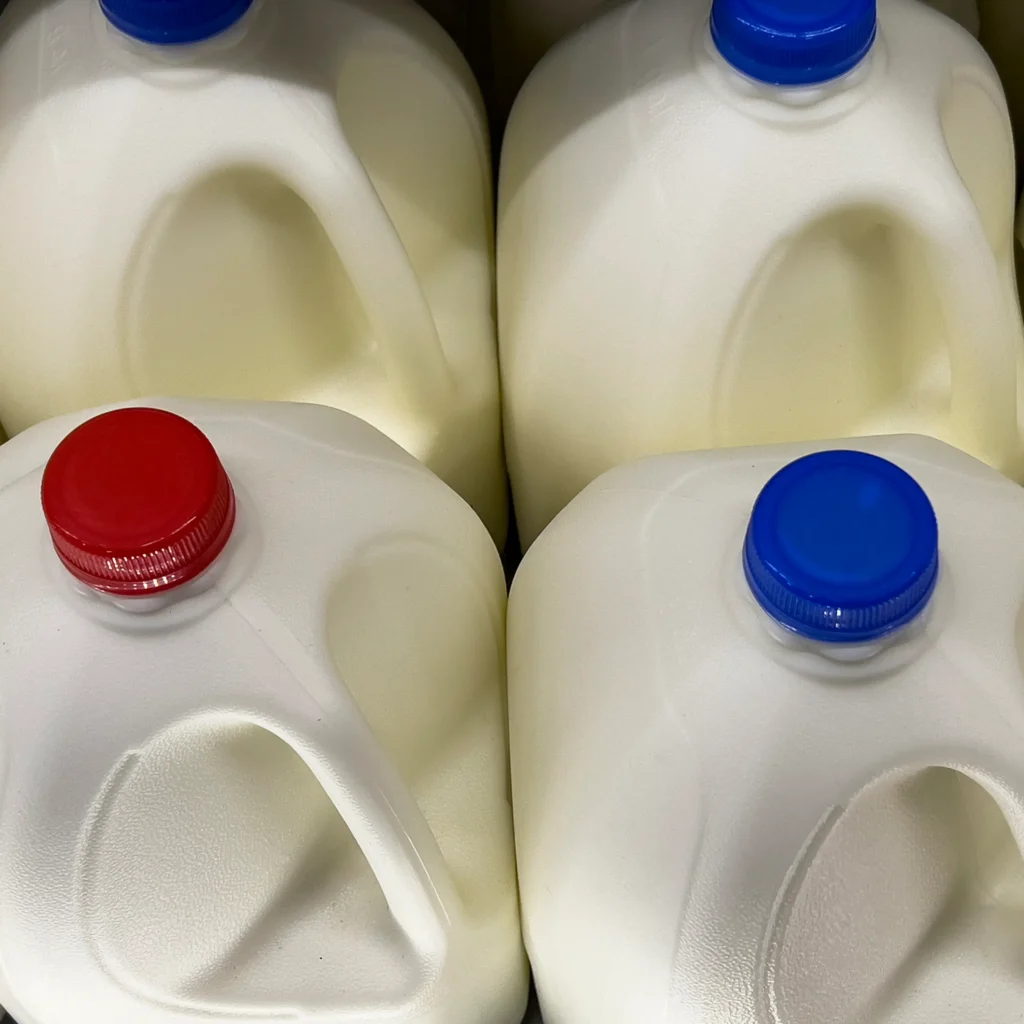With or without a Kyoto Protocol, global carbon dioxide (CO2) emissions no doubt will continue to rise. Underlying the debate over what that may mean for the planet are significant uncertainties regarding the role of the biosphere in withdrawing or sequestering that carbon from the atmosphere.
Three recent articles support the scientific argument that we may see an acceleration of this sequestration in years to come.
In examining the sequestration issue, Fitter and colleagues conducted an experiment on upland grasslands in the United Kingdom. After maintaining half the test-plot soils at 2.8°C above ambient (natural) temperatures at a depth of two centimeters, they found heating the soil increased root production and root death by a roughly equal amount.
Their conclusion? “. . . The effect of a warmer climate will be a similar acceleration of both [root] birth and death processes.” Based on hundreds of other studies showing an increase in grassland photosynthesis and above- and below-ground biomass (a more likely scenario than Fitter’s temperature rise), it is likely that the U.K.’s upland grassland soils will sequester far more carbon in the future than they do today.
Lloyd recently ran a numerical model of a temperate deciduous forest for conditions in 1730 and conditions in the early 1980s.
Recognizing the impact of the Industrial Revolution, he realistically increased both atmospheric CO2 concentrations and nitrogen deposition. Due solely to the increase in atmospheric CO2, he saw a net primary production in the modeled forest of 7 percent. But when the CO2 increase was combined with the increased nitrogen deposition, net ecosystem productivity jumped a full 40 percent. That translates into a fantastic increase in carbon sequestration by a significant part of the biosphere.
The Xiao research team also used a numerical model of ecosystem productivity, examining global net ecosystem production from 1990 to 2100 based on various increases in global temperature and atmospheric CO2 levels.
For lower than typically assumed increases in CO2 and temperature, they found global net ecosystem productivity increased by 62 percent.
For typically assumed rates of CO2 and temperature increases, they found a 225 percent increase in global productivity.
And for higher than normally assumed temperature and CO2 levels, the increase in global net ecosystem productivity soars to 325 percent!
Despite the fact that their model predicts huge levels of carbon sequestration by the terrestrial biosphere in the future, Xiao and colleagues sheepishly warn that caution should be taken in using these results “in policy discussions relevant to anthropogenic CO2 emissions and carbon taxes.”
In other words, feel free to publicize any bad news regarding global change, but keep this good news to yourself.
Sorry, but we just can’t oblige.
Robert C. Balling Jr., Ph.D. is director of the Laboratory of Climatology at Arizona State University and coauthor of The Satanic Gases.
References
Fitter, A.H., et al., 1999. Root production and turnover in an upland grassland subjected to artificial soil warming respond to radiation flux and nutrients, not temperature. Oecologia, 120, 575-581.
Lloyd, J., 1999. The CO2 dependence of photosynthesis, plant growth responses to elevated CO2 concentrations and their interaction with soil nutrient status, II: Temperate and boreal forest productivity and the combined effects of increasing CO2 concentrations and increased nitrogen deposition at the global scale. Functional Ecology, 13, 439-459.
Xiao, X., et al., 1998. Transient climate change and net ecosystem production of the terrestrial biosphere. Global Biogeochemical Cycles, 12, 345-360.



